I’ve been researching the wide world of plastics for the book I’m working on. I’m trying to make sure my terminology is correct, and it’s proving daunting; plastics is a world where many terms can refer to the same thing, and common-use terms may not be technically correct. Add to the mix a bunch of trade names which are used generically, and you end up with one big confusing mess.
Take urethane rubber for instance. If you are into molding and casting you may have used it. “Urethane” in this case is a shortening of “polyurethane”, the same kind of plastic you use as a clear varnish among other things. “Urethane” is also a specific substance in the world of plastics; it is known as “ethyl carbamate”. Polyurethane does not contain ethyl carbamate, nor is it made from it.
Rubber can refer to a material or a substance. The substance, sometimes clarified as “natural rubber”, has historically been derived from the latex tree, though the proliferation of latex allergies has led to some companies experimenting with different plant sources. Synthetic rubbers, such as nitrile, do not contain latex; the “rubber” in their name refers to the fact that their properties mimic natural rubber. Technically, they are all referred to as “elastomers”.
Thus, “urethane rubber” contains neither urethane, nor rubber.
Speaking of latex, we all know and love latex paint for painting houses both inside and out. Sometimes we even use it to paint props. It does not actually contain any latex. It refers to paints which use plastics as their binders, such as acrylic, polyvinyl acrylic, styrene, etc. Vinyl resins are cheaper than acrylic resins, and most house paints contain a lot more vinyl than acrylic, which is why pure acrylic paint is a lot more expensive than house paint.
In case you are wondering, the acrylic in paint is the same acrylic found in sheet form, known commonly by trade names such as Plexiglas and Lucite. Crazy!

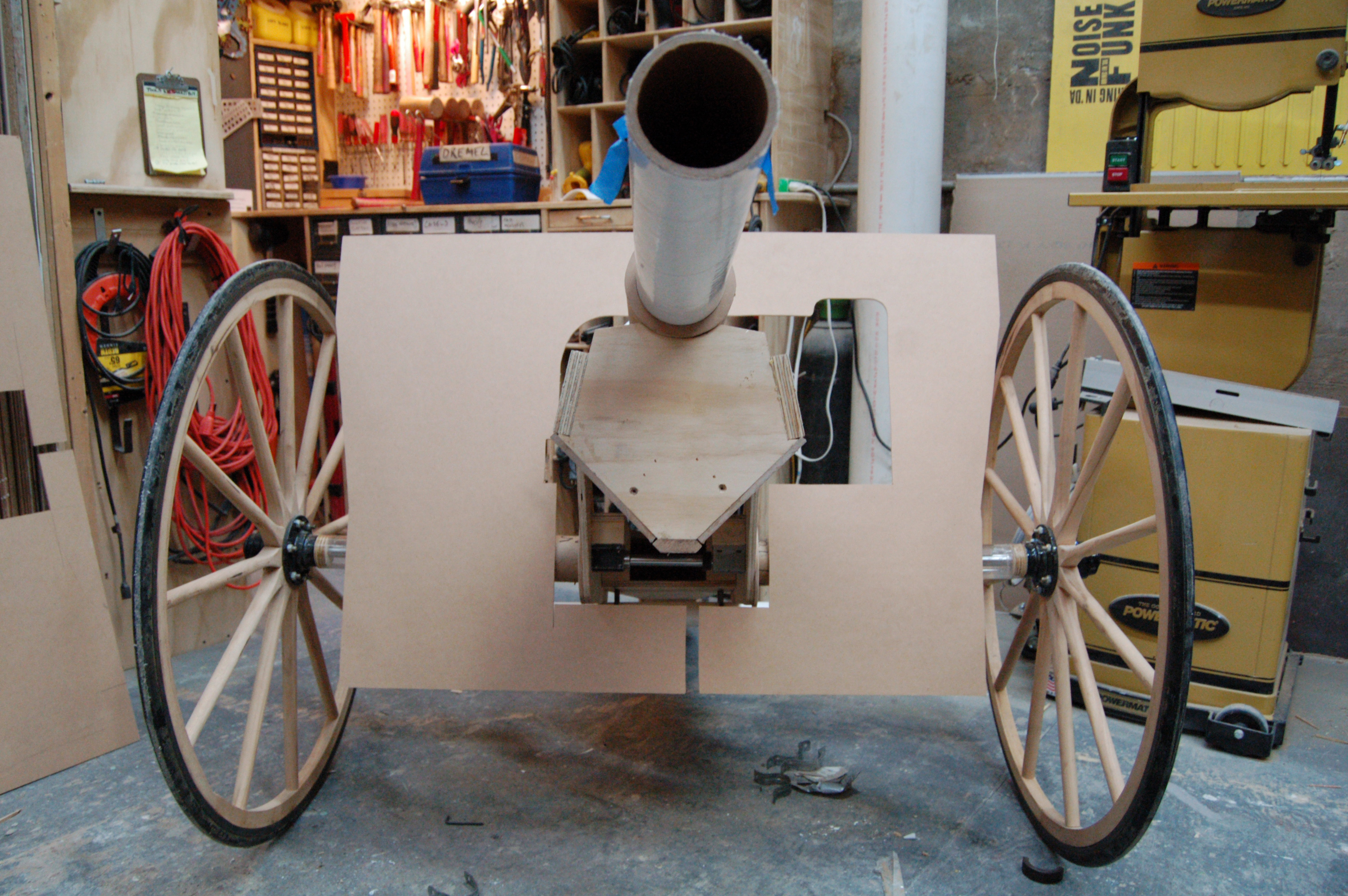
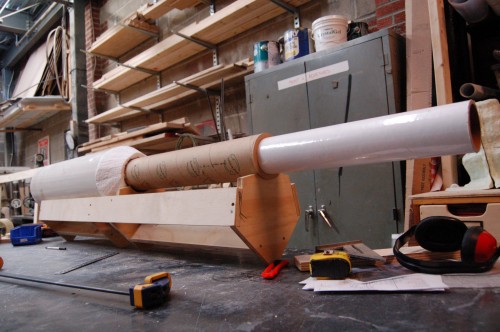
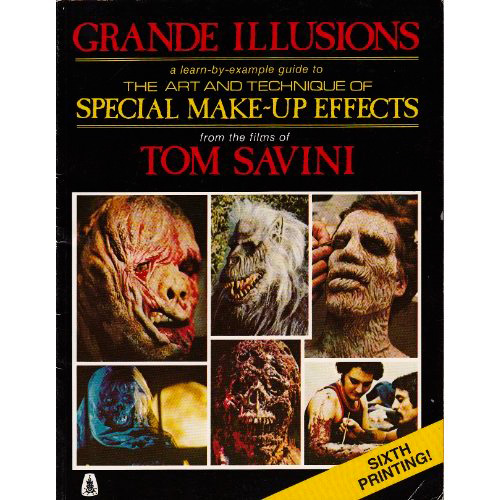
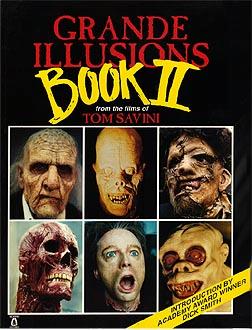
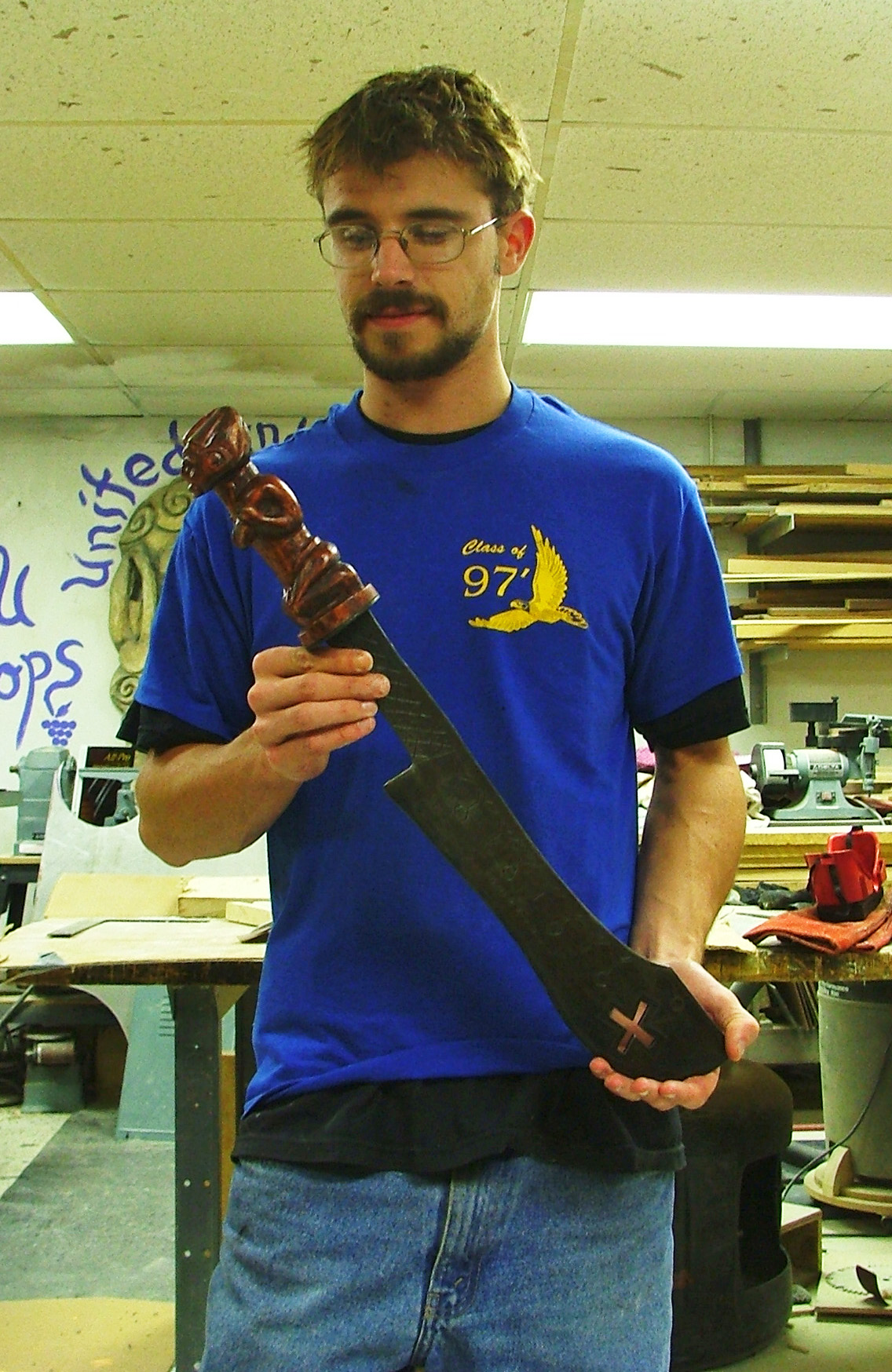
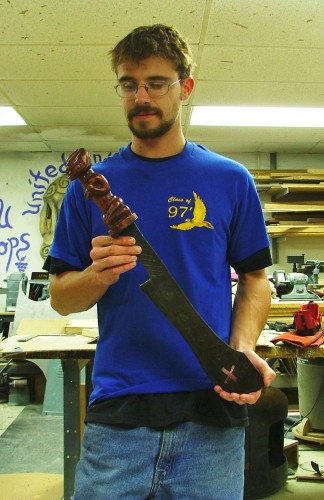
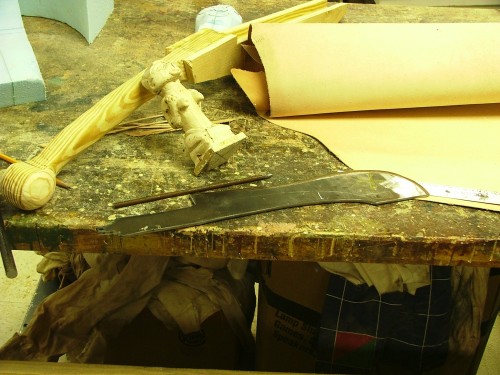
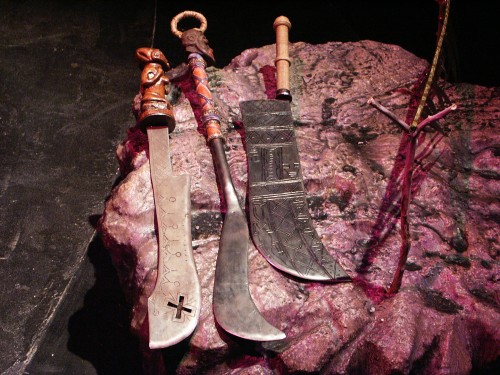
 It was a very hefty sword and a lot of fun to swing around. One day, I wasn’t paying attention while swinging it around, and I accidentally cut all my facial hair off. And that, my friends, is the secret origin of “Clean-Shaven Eric”.
It was a very hefty sword and a lot of fun to swing around. One day, I wasn’t paying attention while swinging it around, and I accidentally cut all my facial hair off. And that, my friends, is the secret origin of “Clean-Shaven Eric”.